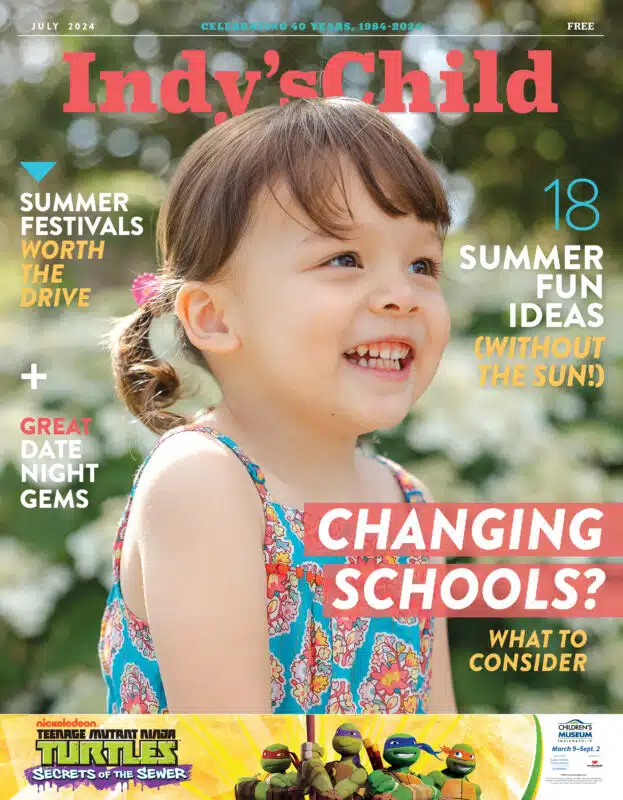Parents often receive conflicting advice about when to bring their child in for their first visit. The American Academy of Pediatric Dentistry (AAPD), American Dental Association (ADA) and the American Academy of Pediatrics all recommend children see the dentist six months after the first tooth erupts, or no later than their first birthday.
It may be a common thought that kids should have their first visit to the dentist around age 3, but we follow the “first visit by first birthday” guidelines set forth by the various academies that advocate for children’s health. Tooth decay is the single most common chronic childhood disease — 5 times more common than asthma, 4 times more common than early childhood obesity, and 20 times more common than diabetes. I have seen many children who may have been spared from dental decay with only a little education to the family about oral health. The only good thing about dental decay is that it is PREVENTABLE!
1. Baby teeth act as placeholders for adult teeth. If baby teeth are lost too early, the teeth that are left may move and not leave any room for the adult teeth to come in.
2. Tooth decay in baby teeth can be painful and cause health problems like infections, which can at times be life-threatening. It can also lead to teasing and speech development problems.
3. The one year dental visit can actually save parents money. A study in the Journal of Pediatrics showed that children who have their first dental visit before age one have 40 percent lower dental costs in their first five years than children who do not.
4. If your child sustains an oral injury and needs immediate attention, you have a place to turn for immediate attention other than the hospital emergency room which can become very stressful and costly. In addition, an emergency room experience could dental experience with pain and anxiety rather than a benign examination.
What can you expect at your child’s first dental visit?
An examination on a one-year-old doesn’t involve a lot of teeth and can be done very quickly. Very few children need to have their teeth cleaned at that age. However, an actual cleaning can be done while demonstrating oral hygiene to parents.
The most effective and comfortable position for patient, parent, and me is the “knee-to-knee” position. The parent and I sit opposite each other with knees touching. The child sits on the parents lap facing the parent with their legs embracing them. The child then lies backward until their head rests in my lap while the parent holds the patient’s hands. This position allows the child to see and feel the parent while I perform the examination. The position allows for excellent visualization of the oral cavity by both me and the parent.
Integrating infant patients into the practice enables me and my team to collect valuable information about your child and family and enables us to create a pleasant experience that will positively influence your child’s attitudes about future oral health care.
—————————————–
Michelle H. Edwards, DDS, MSD, is a board certified pediatric dentist in central Indiana. Her vision is to serve as a premier provider of patient-focused dental care for infants, children, and teens through compassion, skill and teamwork. Dr. Michelle’s mission is to build a community valuing prevention, early detection and treatment of dental disease.
Dr. Michelle has three children and is married to periodontist Michael D. Edwards, DDS, MSD. She is the author of Carrie and Larry the Tooth-Tickling Fairies, which was created to help educate parents about how to care for their child’s teeth at home, beginning with the very first tooth.
Children’s Dental Center | 9865 E. 116th St., Suite 100 | Fishers, IN 46037 | 317-842-TIKE (8453) | www.BabyToothCenter.com







